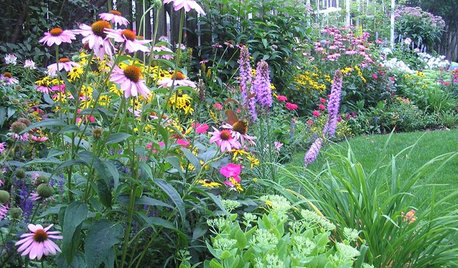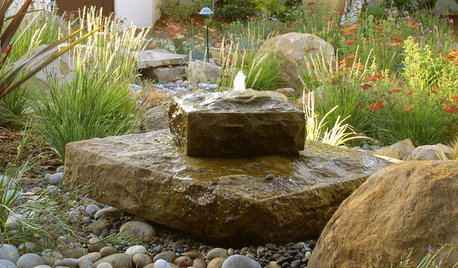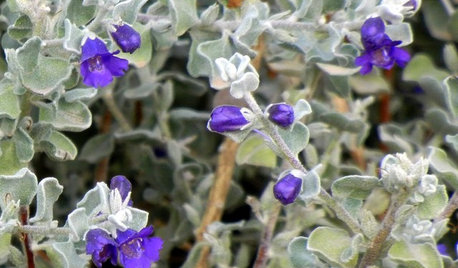Benefits of water change?
mbhoneybee63
13 years ago
Related Stories

LANDSCAPE DESIGNTry Slow Gardening for Some Unexpected Benefits
Why set your garden on the fast track? Here's how to relax and enjoy it in an entirely new way
Full Story
FLOORS5 Benefits to Concrete Floors for Everyday Living
Get low-maintenance home flooring that creates high impact and works with home styles from traditional to modern
Full Story
LIGHTINGThe Glorious Benefits of Skylights
Discover the wonders of overhead openings beyond just the extra illumination
Full Story
SMALL SPACES8 Benefits of Cottage Living
Scale back to dial up your quality of life, save money and more
Full Story
LANDSCAPE DESIGNThe Benefits of Wild Landscape Design
Wildness doesn’t have to mean disorder. Here are some things it brings to the garden and life
Full Story
GREEN BUILDINGHouzz Tour: Passive House Principles, Active Benefits in Portland
Lower energy bills and consistent temperatures are just two of the advantages of this architect’s newly built home
Full Story
GARDENING GUIDESGreat Design Plant: Violet Silverleaf Thrives on Scant Water
Purple flowers transform silvery, sun-loving Leucophyllum candidum, while its easy care may change your gardening routine
Full Story
REMODELING GUIDESThe Benefits of Building Out — and What to Consider Before You Add On
See how heading out instead of up or down with your addition can save money, time and hassle
Full Story
WINDOW TREATMENTSSmall Luxuries: Motorized Window Coverings Offer Benefits to All
Free yourself from the mess of cords and the bother of blind rods. Motorized blinds and drapes make managing natural light easy
Full Story
LIVING ROOMSDouble- and Triple-Sided Fireplaces Offer Countless Benefits
They can divide an open layout, blur indoor-outdoor boundaries, warm a modern look or just your toes. Is a mutisided fireplace for you?
Full Story






ccoombs1
goodkarma_
Related Professionals
Bridgetown Landscape Architects & Landscape Designers · Baltimore Landscape Architects & Landscape Designers · Marco Island Landscape Architects & Landscape Designers · Frisco Landscape Contractors · Stoughton Landscape Contractors · Canby Landscape Contractors · Chattanooga Landscape Contractors · Columbine Landscape Contractors · Cornelius Landscape Contractors · Desert Hot Springs Landscape Contractors · Elkridge Landscape Contractors · Franklin Landscape Contractors · North Plainfield Landscape Contractors · West Allis Landscape Contractors · Oxon Hill Landscape Contractorsponderpaul
ccoombs1
corrie22
mike_il
loriques
bailing
ernie_m
woeisme
mbhoneybee63Original Author
woeisme
comettose
mike_il
goodkarma_
mike_il
ccoombs1
online780218_telkomsa_net
cliff_and_joann
akaolisaemmanuel